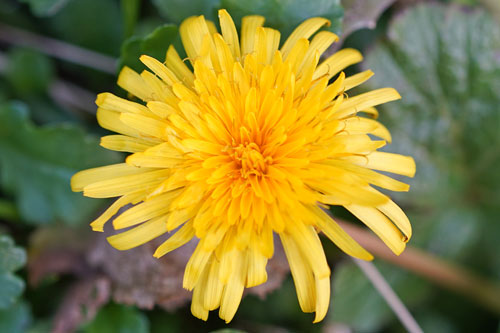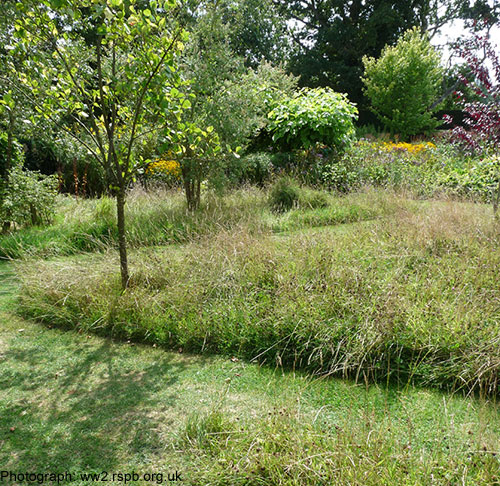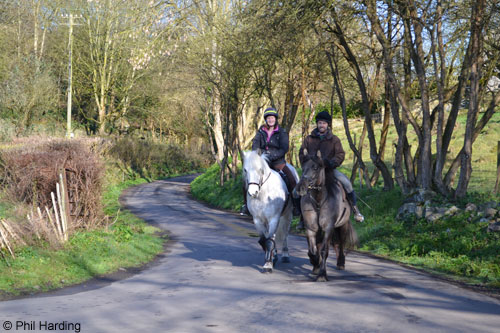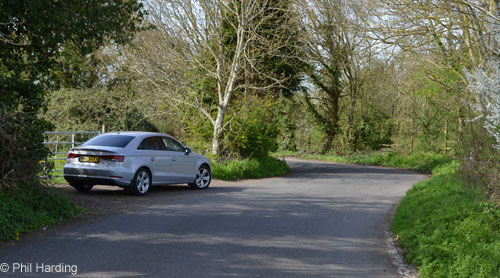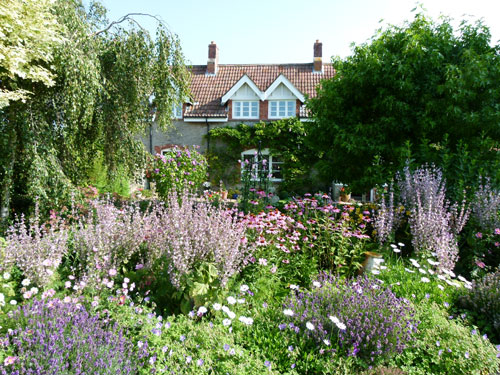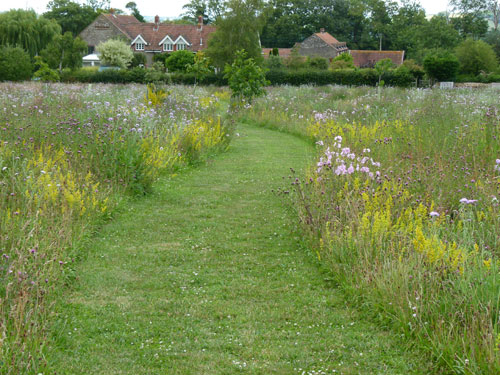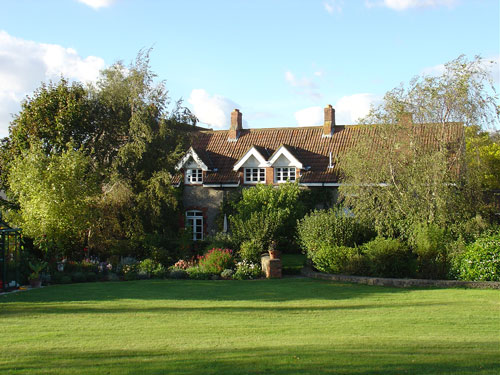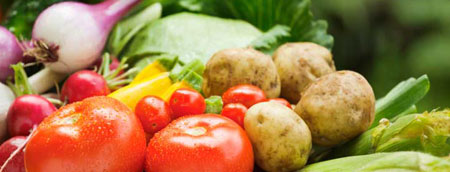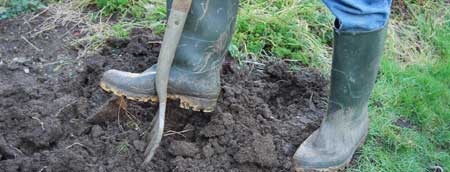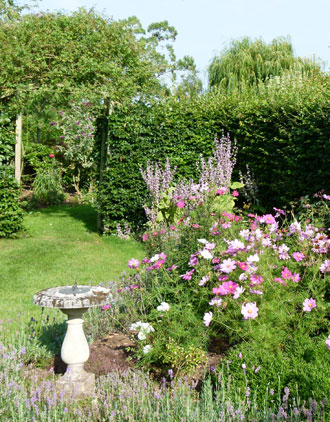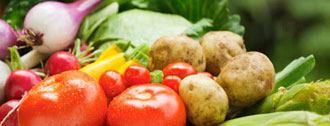|
Saltford Environment Group
|
| Home | About Us | News | Website Contents & Links | Contact |

|
SEG Home > Gardening GardeningSEG wishes to encourage Saltford as a community to grow more of its own fruit and vegetables, and also promote wildlife-friendly gardening with native species of wild flowers and shrubs etc. and non-natives which are good for wildlife. We are particularly focused on the need to protect bees by providing habitat and the appropriate nectar producing plants - our wildlife page has more information about the importance of a healthy bee population for our ability to grow food. We publish ad-hoc gardening news on our home page and in our newsletters but here we publish topical gardening articles that are relevant to Saltford. Saltford4Nature
In 2023 SEG helped set up Saltford4Nature, a small group of residents with the aim of starting to make the village's green areas simultaneously both more nature friendly and visually attractive. If this is something that you would like to become involved with and/or for further details, please email Christine and Pat(rick) Brown of Saltford4Nature at saltford4nature@gmail.com. SEG's News page on this website carries periodic updates on Saltford4Nature projects. Wildlife-friendly gardeningClick on links or scroll down to see: Growing native plant species in your garden Avoid non-native plant species Growing native plant species in your gardenNote: This item also appears on our Wildlife page. 'Non-native species' means plants or animals brought into the country either on purpose or by mistake. Most are not harmful if they get into the wild, but some can become 'invasive' (like the Himalayan Balsam that is infesting parts of Saltford, especially the river banks) causing harm to native species, our health and economy.
So, if you want to attract birds and encourage beneficial insects to your garden that are healthier for flowers whilst your population of harmful insects such as aphids, mealy bugs and cutworms gradually diminish, plant choice can be important. As a result of correct plant choice, you can also reduce or eliminate use of harmful pesticides that end up in the air and water supply and threaten important insects such as bees. Snipe fly. Photograph © Elizabeth Cooksey. To help you source native plants the Royal Horticultural Society lists the top 10 British native wildflowers on the RHS website (link to list). The RHS website can also help you find a plant that is good for pollinators and find local suppliers. We have also listed tree species ecologically appropriate to Saltford on our Wildlife page. Avoid non-native plant speciesThe Non-Native Species Secretariat (NNSS) has responsibility for helping to coordinate the approach to invasive non-native species in Great Britain. Its website at www.nonnativespecies.org provides species information on many invasive non-native species of plants that you need to avoid (and fauna). We have posted on our wildlife page detailed information on four important non-native invasive plants that have been found or still occur in Saltford: Giant Hogweed (also highly toxic), Himalayan Balsam, Japanese Knotweed, and Spanish Bluebells. There are of course many other non-native species you should avoid such as, for example Bamboo, particularly the types of Bamboo that spread by rhizomes (underground stems) that can grow out of control and may pop up anywhere in the garden, neighbouring land or even through solid barriers, such as patios and conservatory floors; complete eradication can take a long time. If you aim to plant only native species you will help support our local wildlife - you can check for non-native species on the Non-Native Species Secretariat (NNSS) website. HedgerowsNote: This item also appears on our Wildlife page where useful links can also be found. If you have got a hedge of native species, and especially one that is 150+ years old, nurture it. Whatever you do, don't replace it with something else. Hedges can originate in different ways. Some may be woodland hedges, formed out of woodland trees/shrubs left as remnants after woodland clearance. Some may originate from scrub growing on boundaries between cultivated fields or they may be planted with single or a mix of species. Some may be a combination of different origins. Hedgerows are part of our cultural heritage and historical record, in addition to their great value to wildlife and the landscape. They are increasingly valued too for the major role they have in helping to prevent soil loss and reduce pollution, and for their potential to store carbon, regulate water supply and to reduce flooding. Long-standing hedgerows have an important key role supporting and allowing the mobility of invertebrates as well as for supporting plants and fungi. They tend to support the greatest diversity of plants and animals so we need to value, protect and retain them. Bees and other insectsNote: This item includes extracts from our Wildlife page. As well as planting native species of shrubs and trees that will benefit insects and wildlife more widely, it is also helpful to create habitat for insects such as piles of logs, sticks and/or rocks. If your garden is over-manicured there is less habitat for insects that birds will feed on.
Faced with a decline in pollinator numbers across the UK, the Government launched in 2013 a consultation on the production of a National Pollinator Strategy. The resulting advice from experts led to a "call to action" from Defra in July 2014 to raise awareness of what can be done with five simple actions that farmers, landowners and gardeners can take to help create or improve a habitat for pollinators:-
Wildlife groups have welcomed this practical "call to action". We can make Saltford a haven for pollinators if we all do our bit and adopt some or most of the five actions in the way we manage our gardens. In the summer, the plants in your garden which bees will love are the aquilegias, bergamot, evening primrose, lavender, poppies, sunflowers, thyme and verbena but think about planting for autumn. Bees need food for most of the year so consider plants such as asters, autumn crocus, campanula, salvias and single flowering dahlias. You might also like to construct a bee hotel for your garden; there is plenty of advice on the internet on how to do this.
In praise of the humble Dandelion - It may be in flower for most of the year, but the Dandelion's peak flowering time is from late March to May, when many bees and numerous other pollinators emerge from hibernation. Each flower's rich supply of nectar and pollen provides an easily available food source and lifesaver for pollinators in spring, and songbirds, such as Blackbirds, Goldfinches, and Sparrows feed on its seeds. A sign that summer is on its way, can we learn to love the Dandelion for its beauty and the benefit it brings to wildlife? What better way to demonstrate our love and concern for wildlife by letting this underrated flower (not weed!) flourish in deliberately unmown areas of grass in our gardens - see "Mow your lawn less (& give wildlife a chance)" below. Mow your lawn less (& give wildlife a chance)
Ever thought about the wildlife benefits of NOT mowing your lawn? The RSPB advice is to give your grass mower a rest as mowing your lawn less, and letting parts of it grow long, saves you time and helps give nature a home. The grasses will set seed, wildflowers will be able to bloom, and the longer stems will create a sheltered microclimate - a mini jungle through which beetles and other small creatures can wander. You'll see all sorts of insects roving through the long grass, pollinators coming to the flowers in the lawn, and hopefully Sparrows and Goldfinches coming to feed on the seeds whilst other wild birds will feed and thrive on the insects. The RSPB advises that you can continue to give the mower a rest into autumn. But cutting it at the end of summer, say at the end of August, also mimics the hay meadows of past decades that made our countryside such a haven for wildlife. If you are concerned about what the neighbours will think, don't worry as it will still look like you care for your garden if, for example, you create a neatly-edged block of longer grass in the middle of the lawn and continue to mow around it. Your no-mow area can be any size or shape, however for best results try and make it at least a metre-squared. If you are able to locate your no-mow zone away from flowerbeds it is less likely that it will be invaded by garden plants. Some further advice from the RSPB: Create paths that look presentable. The trick is in mowing paths through the longer grass. They can be straight paths in a regular pattern, curving paths, or a mini-maze. Kids will love to run along them. There is extra wildlife incentive for mowing paths - there's evidence that creatures actually like using the short paths to move through the meadow, darting into the longer grass to get food. There are different approaches you can take to letting your lawn, or a section of lawn, grow naturally. These are:- The temporary meadow Leave you lawn to grow naturally for a month in May ("No Mow May") or June, and mow as you normally would outside that time. This will allow Daisy and Clover to flower, and pollinators will enjoy your lawn. Don't forget that the Dandelion's peak flowering time is from late March to May, when many bees and numerous other pollinators emerge in spring from hibernation and need this early food source and lifesaver. The spring meadow For a bigger supporting impact for wildlife, don't mow your lawn at all until early July. Then mow as normal until the grass stops growing in late autumn. This is the kind of meadow where you can plant spring-flowering bulbs like crocus and early daffodils. As they die back you could have cow slips coming through. The summer meadow Mow your lawn once in late March or early April and then leave it until August or September before mowing a just few times until the end of the autumn growing season. This will provide a habitat like an original hay meadow and will suit flowers like Corn Marigold and birds-foot-trefoil. Letting your grass grow until late summer provides shelter and food for your garden invertebrates. On a warm day in summer, get down at ground level and look closely. See what flowering plants were in your lawn all along but never had the chance to flower, such as daisies, clovers and speedwells. Remember, it is the less tidy areas of our gardens that allow wildlife to flourish whereas the over-tidy areas are virtually wildlife deserts - especially where non-native flowers, trees and shrubs are grown as these provide little or no food or habitat for insects (we give advice higher up this page on the use of native plant species). Free horse manure for Saltford's gardeners
Vegetables etc. grow well with horse manure! If you need horse manure for your garden, the keeper of horses between Keynsham and Saltford would love you to help yourself to her ever growing supply.
Directions: Turn into Manor Road lane (the right turn at the top of Grange Road), go past Eastover Farm and when you reach the 'T' junction turn right (i.e. stay on Manor Road). Just to the left of the field gate on the second bend in the road is a huge heap of horse manure from which you can freely help yourself (the boot of the car in the photograph is pointing towards the location of the manure heap). You will be doing the horse owner and your vegetables and roses etc. a big favour. Do Cats dislike horse manure..? This has not been scientifically proven, but freshly spread horse manure has been reported by some to deter cats from using their recently dug garden soil as a toilet. "Wildlife-friendly" showcase Saltford garden
SEG members Ray and Penny Buchanan of Eastover Farm in Manor Road, Saltford have developed their garden over several years to be wildlife-friendly and feature mainly trees, flowers and shrubs that are native to this part of Somerset. To help inspire Saltford's residents to grow native and heritage species appropriate to the local area that would thus be bee and pollinating-insects friendly, the gardens at Eastover Farm were open for viewing on Sunday 29th June 2014. Our Fairtrade Group provided catering for over 170 visitors to the garden and Saltford Girl Guides also assisted with the catering and donated a 'bug hotel' they had specially constructed for the gardens.
The garden at Eastover Farm is approx. 4 acres including a large wildflower meadow and the garden has flower borders in the style of a rural Somerset cottage garden. It attracts a wide variety of butterflies, bees and other pollinating insects. The meadow includes wild flowers such as Scabious, Knapweed, Mallow, Yarrow, Wild Carrot, Lady's Bed Straw and Bird's Foot Trefoil. Trees featured in the grounds include Willow, Hazel, Larch, Wild Cherry, Rowan, Field Acer, Hawthorn, Silver Birch, Oak and Ash. The orchard includes Apple, Damson, Cherry, Yellow Plum, Victoria Plum and Pear. Plans are in place to grow the nationally rare but locally important "Bath Asparagus" within the gardens at Eastover Farm. We have more information about Bath Asparagus on our wildlife page; click here to view: Bath Asparagus.
SEG is grateful to Ray and Penny for their commitment to wildlife-friendly gardening and for allowing residents to view their wonderful garden at specially arranged events so as to inspire all of us to manage, develop and enjoy our own gardens for the benefit of the local wildlife. We provide some basic advice on how to make your own garden more wildlife-friendly on this web page; more advice and guidance is widely available from the RSPB, Wildlife Trusts, and other organisations that support wildlife. Gardenshare
In 2013 we introduced a Gardenshare Scheme to help match garden owners with gardeners. This might be for those whose gardens were too big to look after or for which they needed assistance with growing vegetables or flowers with gardeners looking for somewhere to grow their produce. Whilst we were able to match a small number of gardeners with garden owners, we found that the number of garden owners seeking gardeners exceeded the availability of gardeners. Furthermore with the prospect of the Gardenshare coordinator moving away from Saltford, in December 2015 we withdrew the formal scheme. However, our tenancy agreement template is a useful document to help garden owners share their gardens with gardeners for mutual benefit and has been adapted for anyone in Saltford to use (see below). Gardenshare Tenancy Agreement TemplateYou can download our Tenancy Agreement template document here:
© Saltford Environment Group |
<< Saltford4Nature (community gardening group) << Free horse manure for Saltford's gardeners >> Bath Asparagus (on our wildlife page) << Wildlife-friendly showcase garden
By starting from the ground and tapping into the absolute, uncheatable truth of nature we can make ourselves better
Wild roses are fairest, |

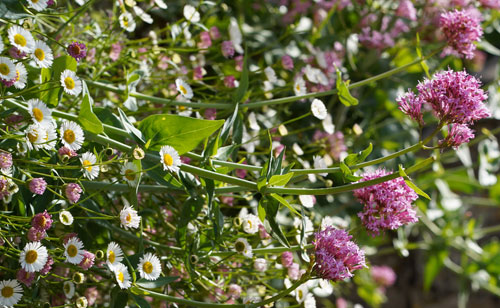
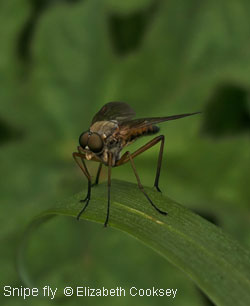 Our insect population eats and thrives on the foliage of native plants and trees whereas non-native plants provide little or no larval food at all. The crucial role of insects in our ecosystem ranges from helping to consume waste products including dead animals to being food for our wild bird population.
Our insect population eats and thrives on the foliage of native plants and trees whereas non-native plants provide little or no larval food at all. The crucial role of insects in our ecosystem ranges from helping to consume waste products including dead animals to being food for our wild bird population.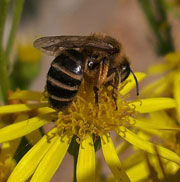 In the UK we are losing bees at an alarming rate. Worldwide, many beekeepers take the view that, at the current rate of bee loss, there may now only be very limited time to find a cause and solution to this problem. Insects pollinate, but by far the most effective pollinator is the honey bee. Before you reach for that insecticide, stop to think.
In the UK we are losing bees at an alarming rate. Worldwide, many beekeepers take the view that, at the current rate of bee loss, there may now only be very limited time to find a cause and solution to this problem. Insects pollinate, but by far the most effective pollinator is the honey bee. Before you reach for that insecticide, stop to think.